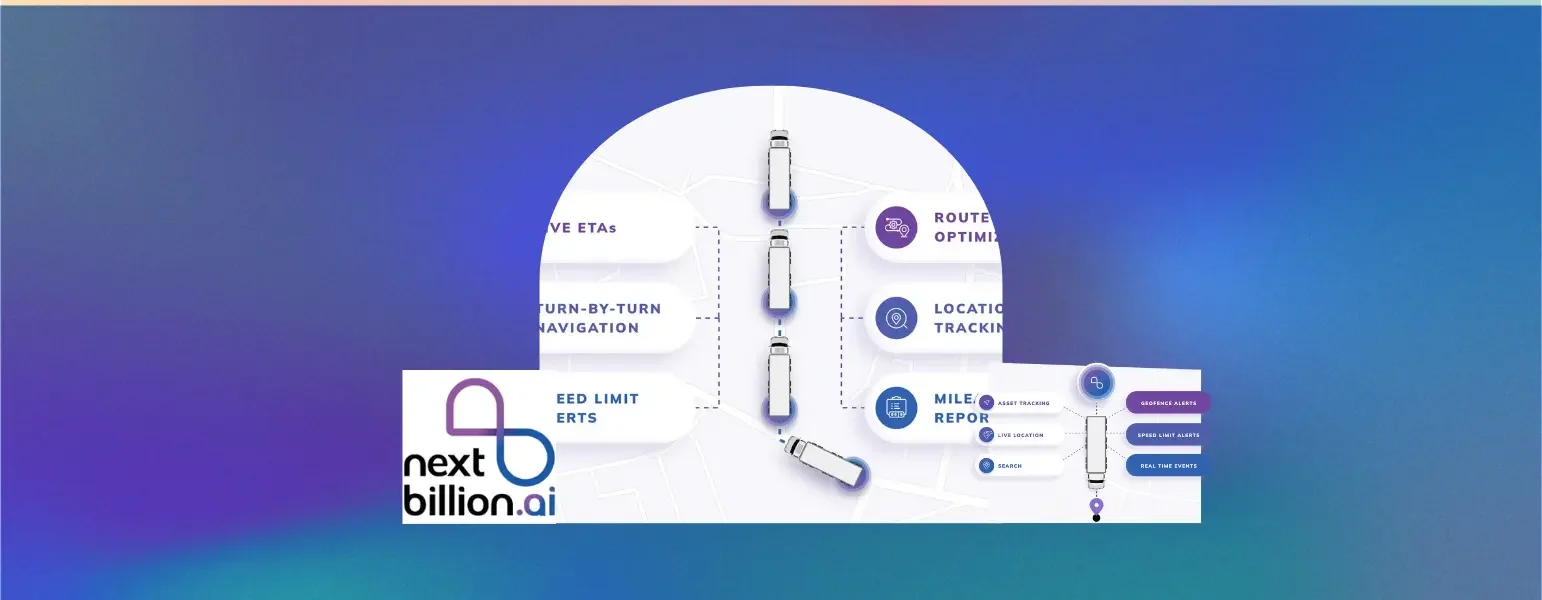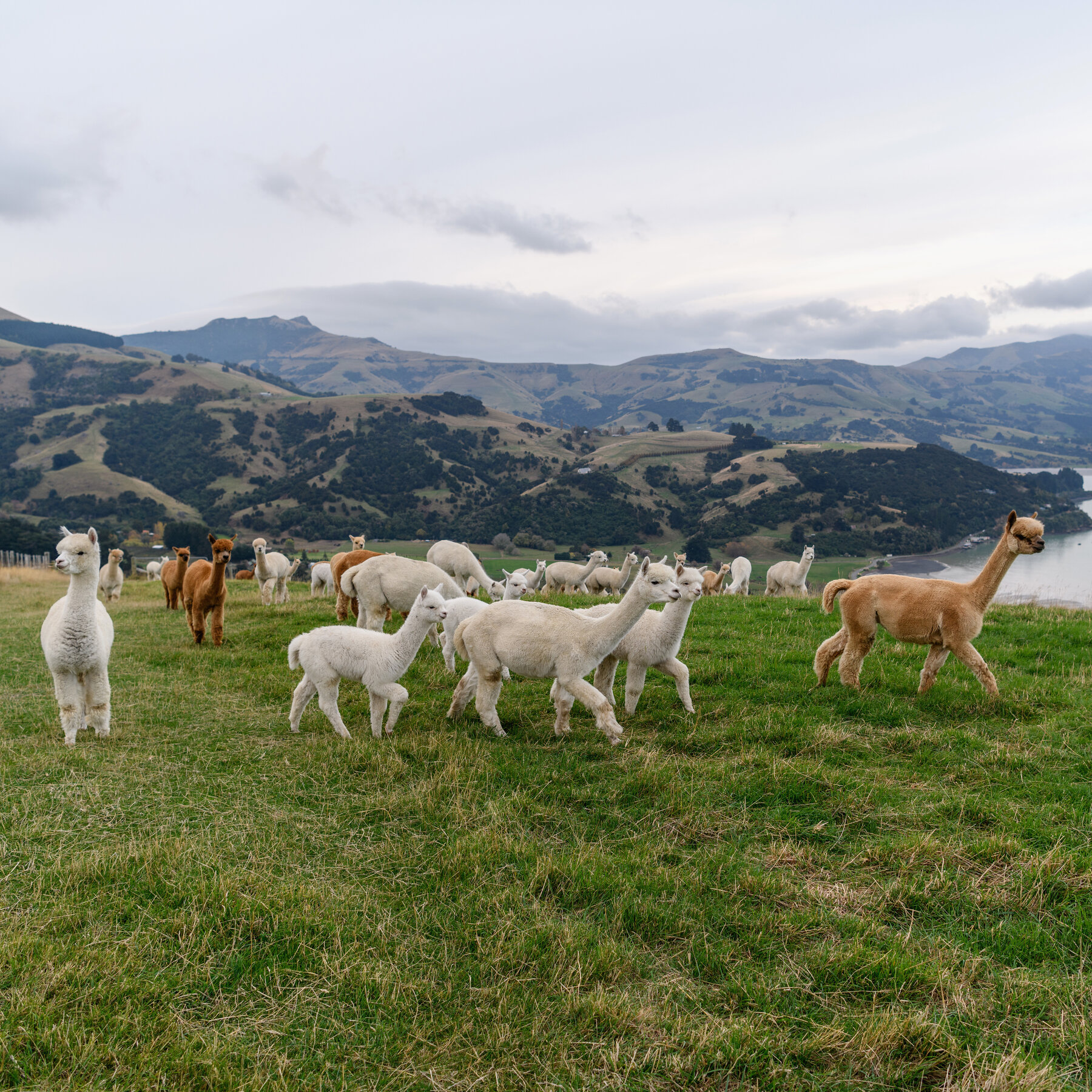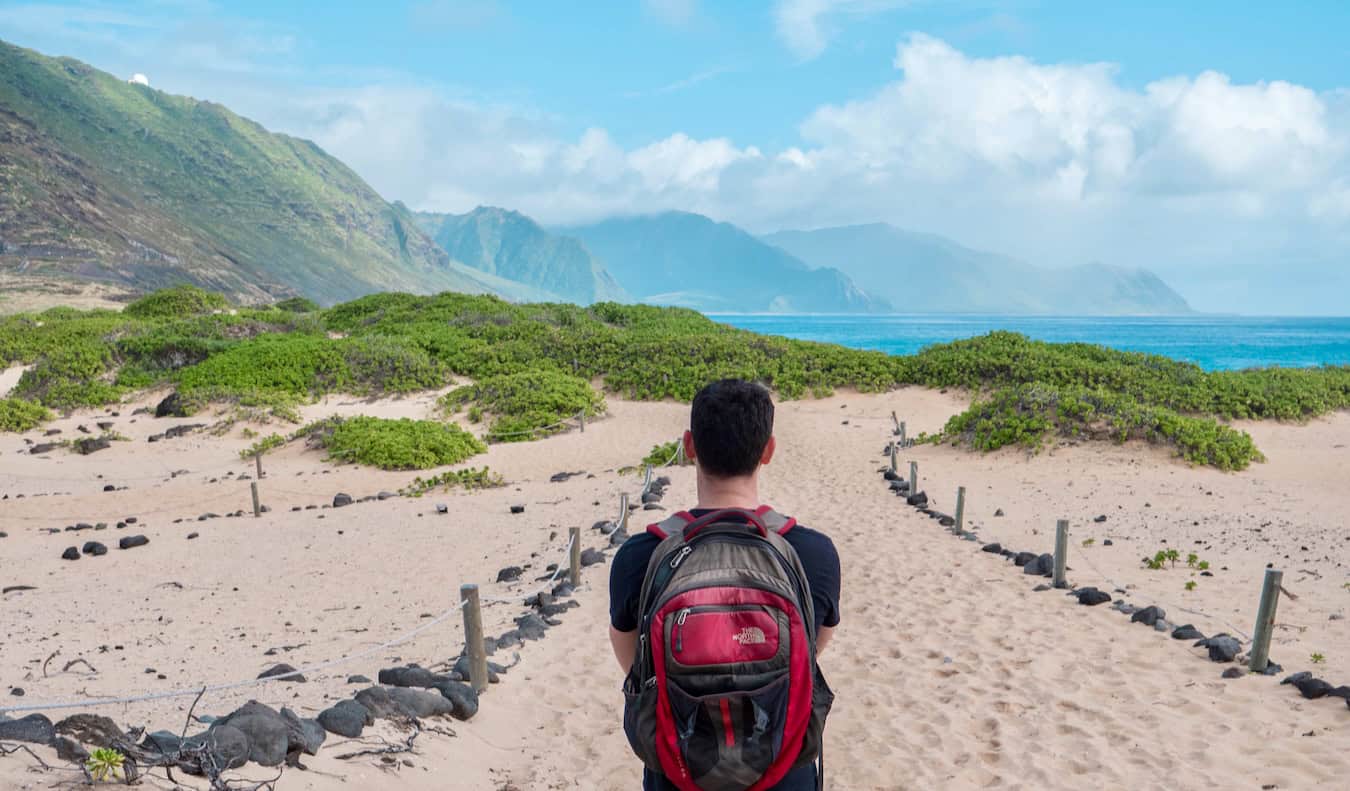The Science of Programming: Optimizing Travel Time on Long Itineraries

Understanding Travel Optimization
In an age where time is a premium resource, optimizing travel time on long itineraries has become crucial for both personal and professional journeys. From family vacations to business trips, every minute counts. Luckily, advancements in programming and data analysis provide innovative solutions to enhance travel efficiency. As more individuals prioritize their precious time, understanding the mechanics behind travel optimization becomes essential.
Traveling across states or internationally often involves navigating complex routes, multiple stops, and various modes of transportation. These elements can significantly impact overall travel time and comfort. Here are some key factors that can influence travel optimization:
- Route efficiency: Algorithms such as Dijkstra’s or A* are employed to calculate the fastest paths, allowing travelers to avoid unnecessary detours. For instance, mapping services like Google Maps utilize these algorithms to provide users with the quickest routes based on current traffic conditions and historical data.
- Time management: Effectively balancing layovers and rest periods is essential for long trips. For example, business travelers often incorporate short layovers to minimize travel time, but understanding the risk of missing connecting flights is crucial for maintaining schedules.
- Cost considerations: Finding budget-friendly options without compromising comfort can be a daunting task. Tools such as Skyscanner or Hopper analyze flight prices and suggest optimal times for booking, ensuring travelers minimize expenses while maximizing travel comfort.
Moreover, the application of technology in optimizing routes is not limited to large corporations. Everyday travelers can leverage mobile applications that utilize real-time data for:
- Traffic predictions: Apps like Waze inform users of congested areas through aggregated data from users, helping bypass traffic jams and significantly cutting down travel time.
- Weather forecasts: Knowing potential weather-related delays allows travelers to plan effectively. For instance, if a severe storm is predicted, taking an earlier flight or an alternative route could prevent disruptions.
- Customer reviews: Platforms like TripAdvisor provide invaluable insight into chosen routes and modes of transportation. Reading through traveler experiences can help in selecting the most efficient and comfortable options available.
In this ever-evolving landscape, the science of programming plays a significant role in enhancing the travel experience. By employing advanced algorithms and leveraging large data sets, we can further streamline travel efficiency. As we delve deeper into this subject, we will uncover the technical underpinnings and practical applications of programming in travel optimization. Stay tuned as we explore how these advancements not only expedite journeys, but also contribute to a more enjoyable and stress-free travel experience.
DISCOVER MORE: Click here to dive deeper

The Role of Algorithms in Travel Efficiency
In the quest to optimize travel time on long itineraries, algorithms serve as the backbone of modern travel solutions. These mathematical formulas and computational methods are designed to analyze and solve complex problems, making them invaluable for planning efficient travel routes. One of the most widely known algorithms is Dijkstra’s algorithm, which calculates the shortest path between two points in a network, such as cities connected by roads. This powerful routing technology is not just theoretical; it is actively employed by navigation apps and logistics companies to create practical solutions for everyday travel.
Moreover, the integration of machine learning and artificial intelligence into travel optimization has revolutionized the industry. For instance, travel apps can analyze patterns from vast datasets to predict the best times to travel, thus enabling users to avoid peak congestion. These predictive models consider factors such as historical traffic trends, local events, and even construction activities. By harnessing these technologies, travelers can tailor their itineraries more effectively according to real-time conditions.
The user experience has also been enriched with the incorporation of user feedback into algorithms. Travel platforms are increasingly employing sentiment analysis to gauge customer opinions about routes, modes of transport, and accommodations. By integrating customer reviews, the developers can make iterations to their services, ensuring that users benefit from updated recommendations based on the collective experiences of other travelers.
To fully grasp the impact of programming in optimizing travel itineraries, it is crucial to understand the various algorithms employed in this domain:
- Genetic Algorithms: This technique mimics natural evolution by selecting and refining routes based on a ‘fitness function.’ Here, shorter and more economical routes are prioritized, evolving through iterations until the most effective solution is found.
- Ant Colony Optimization: Inspired by the behavior of ants finding the shortest path to food, this algorithm explores multiple routes simultaneously, reinforcing those with shorter travel times, ultimately leading to efficient itinerary suggestions.
- Vehicle Routing Problems (VRP): Used primarily in logistics, VRP optimizes the paths of transportation vehicles to reduce distances traveled and costs incurred, specifically applicable in planning routes for multiple stops.
With advancements in big data analytics, the capabilities of optimizing travel time have reached new heights. Organizations can now analyze billions of data points in real-time, allowing for the tailoring of journeys based on a multitude of factors, from personal preferences to external conditions. For example, a family planning a vacation can receive customized suggestions on the best travel times and routes based not only on their history but also on real-time weather and traffic insights.
As we explore the science behind these algorithms further, the way travelers plan their journeys will continue to evolve. Understanding these techniques is imperative for anyone looking to navigate the complexities of long itineraries while maximizing efficiency and enjoyment. The final sections of this article will reveal how emerging technologies and programming innovations will further transform the landscape of travel optimization.
| Advantage | Description |
|---|---|
| Data-Driven Decisions | Harnessing data analytics allows travelers to make informed choices about routes and stops, enhancing their experience. |
| Time Efficiency | Optimized travel itineraries can significantly reduce waiting times and maximize enjoyment during voyages. |
| Customization | Flexibility in itinerary planning allows for tailored experiences that reflect personal preferences and interests. |
| Technology Integration | Smart applications and tools utilize AI for real-time updates, ensuring travelers are informed about the best routes and conditions. |
As we dive deeper into the science behind optimizing travel time on long itineraries, it’s essential to explore these advantages thoroughly. The adoption of data-driven decision-making can lead to routes that not only save time but also enhance the travel experience. Additionally, when travelers avail themselves of technological tools, the journey becomes more efficient, with real-time adjustments based on traffic and other variables. With the right programming strategies, long journeys can become not just bearable, but truly enjoyable, maximizing leisure and minimizing hassle. Consumers increasingly value customization, enabling them to select destinations and stops that resonate with them personally. Each of these elements ties back to a central theme: the synthesis of science and technology in creating unforgettable journeys.
EXPLORE MORE: Click here to learn how technology enhances your travel planning
Leveraging Real-Time Data and Mobile Technologies
In addition to foundational algorithms, real-time data and mobile technologies play a pivotal role in enhancing travel efficiency. With the ubiquity of smartphones and GPS devices, travelers can now access information that adjusts their itineraries on the fly. Navigation apps like Google Maps and Waze not only provide direction but also factor in real-time traffic conditions, weather updates, and even road hazards, ensuring that users are always on the most efficient path.
An emerging trend in this domain is the concept of dynamic routing. Unlike static routing, which presents one suggested path, dynamic routing constantly updates recommendations based on the latest data. For instance, if an accident occurs on a chosen route, the algorithm can swiftly reroute drivers to minimize delays. According to a study from the American Automobile Association (AAA), implementing dynamic routing technologies can reduce travel time by up to 30%, highlighting the significance of immediate information in optimizing long journeys.
The integration of user-generated content further enhances travel planning. Social media feeds and location-based reviews can offer insights into current conditions at various transit points, whether it’s an airport, bus station, or hotel. By incorporating crowdsourced data, travel planners can anticipate potential delays or suggest alternatives based on firsthand experiences from fellow travelers. For example, platforms like TripAdvisor and Yelp leverage reviews to provide up-to-date information on wait times at restaurants or attractions, allowing travelers to adapt their plans accordingly.
Mobility as a Service (MaaS) is another burgeoning concept in the travel optimization landscape. It aggregates various transportation services, including public transit, ride-sharing, and bike rentals into a single accessible platform. This integration not only streamlines the planning process but also allows for easier transitions between different modes of transportation. The result is a seamless travel experience where algorithms ensure the best possible connections and timings, thereby minimizing downtime during transitions between services.
Furthermore, in response to the growing need for sustainable travel options, programming solutions have also begun to integrate eco-friendly considerations into itinerary optimization. Algorithms now factor in carbon emissions and fuel efficiency, providing travelers with greener alternatives that can lead to substantial savings in transportation costs. This not only appeals to environmentally conscious travelers but also aligns with broader societal goals of reducing carbon footprints.
While the advancements in travel optimization are remarkable, it’s essential to recognize the complexities involved in integrating such technologies. Issues related to data privacy, user trust, and the reliability of machine learning models remain critical areas of concern. Algorithm biases, if undetected, could lead to unfair route assignments or overlooked cultural factors affecting travel decisions. Hence, as the programming behind travel optimization evolves, so too must the ethical frameworks guiding its development.
The intersection of programming, real-time data, and mobile technologies reflects a dynamic shift in how travelers approach long itineraries. Staying informed about these innovations is crucial for anyone looking to navigate the future of travel effectively. As technology continues to dominate, the optimization of travel experiences becomes not just a luxury but a necessary evolution for modern exploration.
DISCOVER MORE: Click here to dive into culinary tourism planning
Conclusion
In summary, the quest for optimizing travel time on long itineraries has significantly transformed through the integration of modern programming techniques, real-time data, and mobile technologies. This intricate relationship not only enhances travel efficiency but also reflects changing consumer expectations in the digital age. With tools such as dynamic routing and Mobility as a Service (MaaS), travelers can now adapt their journeys on-the-fly, minimizing delays and making informed decisions based on up-to-the-minute information.
The adoption of crowdsourced data further enriches the travel experience by providing insights from fellow travelers, creating a community-driven approach to overcoming common travel challenges. By utilizing algorithms that prioritize eco-friendly options, the optimization process also aligns with a broader commitment to sustainability, a growing concern among modern explorers.
However, as the landscape of travel programming continues to evolve, it is crucial to address the inherent complexities, such as issues of data privacy and algorithmic biases, ensuring ethical considerations remain at the forefront. Understanding these nuances will empower travelers to navigate not only the intricate web of technology that supports their journeys but also the larger implications of how these systems interact with the real world.
As we move further into an era dominated by technology, the optimization of travel itineraries is not just an enhancement—it is an essential evolution that shapes the way we experience the world. For those planning their next adventure, staying informed about these advances can lead to smoother travels and enriched experiences, paving the way for a new era of exploration.


